A recent report on the first phase of the FAO project “Improve agriculture monitoring systems through satellite imagery for the Islamic Republic of Iran,” reveals how the introduction of multi-temporal high-resolution satellite imagery enabled the Iran’s Ministry of Agriculture Jahad (MAJ) to gather near-real time crop and field information, that can be used for agricultural monitoring, evaluation and planning.
“We are working with Iran using advanced geospatial technologies to support the development of techniques, as well as policy and investment conditions to achieve sustainable agricultural development under climate change, in Iran,” said Douglas Muchoney, Senior Environment Officer and Head of FAO’s Geospatial Unit.
He went on to explain how, “More frequent and extreme climate events, such as floods, drought and frost, are adversely affecting agricultural production in Iran and this needs a comprehensive, systematic and accurate agricultural monitoring system.”
The report presents current data collection practices used by MAJ revealing for example the lack of timely and cost-effective procedures in place that also relied on old census data and sampling techniques. The report also looks in detail at the application of remote sensing in agricultural data collection and a previously implemented pilot project in the Hamedan Province.
Improved skills on agriculture monitoring through a study tour
Under the project, FAO’s Geospatial Unit also organised a 1-week study tour in FAO headquarters for two delegations from MAJ. Through similar ongoing projects in FAO, the participants had a chance to understand better how effective monitoring works in practice.
Meeting with experts from different FAO departments, the group had the opportunity to look at areas of work and tools including Aquastat, Land Tenure and Cadastral, Disaster Risk Reduction, National Forest Monitoring and Agro Ecological Zoning (AEZ). The study tour also focused on a training in how to use SEPAL and how to map paddy fields in the Mazandaran Province using Sentinel 1 imagery.
Underscoring the significant of this 1-week study tour to FAO headquarters, Mr Keyvan Keshavaraz, the Deputy of Information and Communication Center of MAJ asserted, “Effective agriculture monitoring systems in the Islamic Republic of Iran are starting to provide data that is fundamental to make informed decisions regarding solutions in land areas affected by climate change.”
The tour was evidence of Iran’s commitment to strengthening and improving its agricultural monitoring system using advanced geospatial technologies.
FAO is working to develop more-efficient and more-accurate methods of using remote sensing information for crop acreage, yield estimation and crop forecasting. The goal is to set-up efficient national monitoring systems that will allow policymakers and others to take timely decisions that protect people and their livelihoods.
MNA/PR


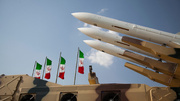

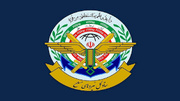

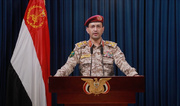

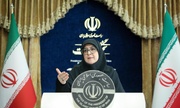
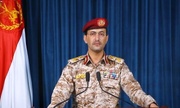
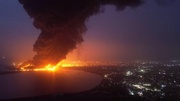







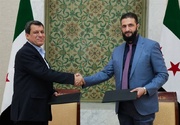
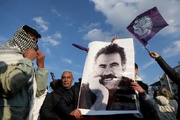
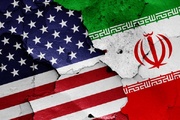


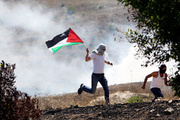

Your Comment